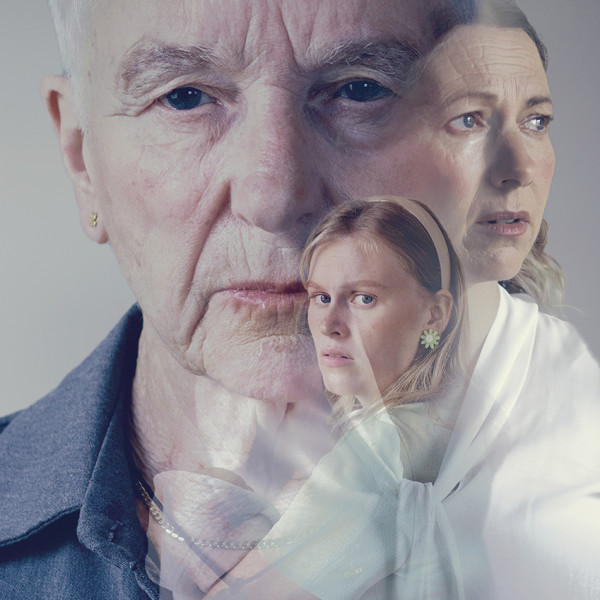
Heartbreak Hotel
Written by: Karin McCracken
Directed by: Eleanor Bishop
BATS Theatre, 18th Jun 2024
Reviewed by: Madelaine Empson
Well, since my baby left me… I found a new hormone hell. At least I think that’s what Elvis said.
Created by EBKM (Yes Yes Yes, Gravity & Grace), Heartbreak Hotel infuses scientific facts with gut-wrenching personal anecdotes to examine what actually happens to our bodies when we’re heartbroken. Karin McCracken stands at the centre of this production, playing a woman in the eye of the storm of a painful breakup. Her ex-boyfriend is played by Simon Leary, who takes on multiple additional roles as Everyone Else, including her doctor, new and unpromising love interest, and gay best friend. Leary’s rockin’ and rollin’ performance of the latter is a show highlight.
I have taken liberties to best describe Heartbreak Hotel by breaking it into three segments, which I’ve called Facts, Songs, and Recollections for ease of reference. In Facts, McCracken delivers scientific, TED Talk-like lectures directly to the audience, her synth behind her, gently humming its pre-programmed tracks (exceptional sound design by Te Aihe Butler). In Songs, McCracken stands at her synth, accompanying herself on this newly learned instrument. Here, she chats – more informally, more personably – with the audience and sings reimagined breakup tracks like I Can’t Make You Love Me. In Recollections, she and Leary enact past encounters, not in chronological order, that together tell the story of the breakup and its aftermath. As the show goes on, these segments become less distinct as the waveforms between them fuzz and distort. Polyphonic overlap, if you will.
I find Facts endlessly fascinating; Songs funny, tender, and well performed; and Recollections both relatable and devastating, particularly in the hands of these gifted actors. The breakup and prelude scenes are incredibly written, wrought with language that speaks a thousand words a sentence and builds a complete picture of a six-year relationship in a mere handful of pages. This is where I caught myself shedding a tear or three.
Filament Eleven 11’s production design sees fluffy pink carpet underfoot and striking LED lights running across the sides and back of the stage. These are cleverly utilised but directly facing the audience, which makes them too bright at times. Equally, the sound levels sometimes result in jarring bursts of ear-splitting club music. These technical hiccups aside, what a show! Heartbreak Hotel will break your heart and comfort it in equal measure, letting you know you’re not alone as you learn, laugh, and just maybe, dare to love again.






















